MD.CKII VO DINH LOC, HEAD OF HEMATOLOGY DEPARTMENT, PROVINCIAL GENERAL HOSPITAL:
Hope Binh Dinh will soon have a fixed blood donation point
Having been involved in the field of hematology for a long time and devoting much of his passion to voluntary blood donation, Dr. Vo Dinh Loc, Head of the Hematology Department of the Provincial General Hospital, always worries and hopes that Binh Dinh will soon have a fixed blood donation point.
*Hematology has become flesh and blood
Dr. Vo Dinh Loc graduated from Medicine in 1995, majoring in Obstetrics and Gynecology. In 1996, he worked at the Provincial General Hospital. At that time, there were very few hematologists in the hospital, so the Board of Directors encouraged Dr. Loc to work in the Hematology - Blood Transfusion Department and he agreed. In the blink of an eye, 27 years have passed since he grew up in this environment. Dr. Loc has always strived to contribute to the development of the field of hematology - blood transfusion because he considers it his life.
* Why did you stick with Hematology - Blood Transfusion, when you did not choose to study this major from the beginning?
- When I chose to specialize in Hematology, I realized something interesting - from the patient's blood test results, a hematologist can assess the patient's condition. For example, I know very well what causes a patient's anemia, why the patient has leukemia through blood tests, bone marrow tests. Based on that, I determine what disease it is.
While most clinicians only understand clinical symptoms, laboratory physicians know about tests; but hematologists combine these two factors, doing tests and being able to examine patients. That is the interesting thing that made me stick with this field.
Second, the Blood Transfusion field is an extremely large field. When I came to the provincial general hospital, the national blood donation movement was just starting to take off. At the provincial general hospital, there were still rumors about selling blood, with one bag of blood being converted to one tael of gold. Together with my colleagues, I launched a voluntary blood donation movement, contacted many people, and contributed to changing their awareness and attitude towards blood donation. Gradually, the number of people donating blood increased from 20-30 units of blood per month to more than 20,000 units of blood per year. The more I worked, the more I found this environment suitable for me, making me active, contacting and advising many people about blood donation.
Besides, I had the opportunity to meet many experts at conferences, seminars, and blood transfusion centers nationwide, and found what they shared and introduced interesting to me.
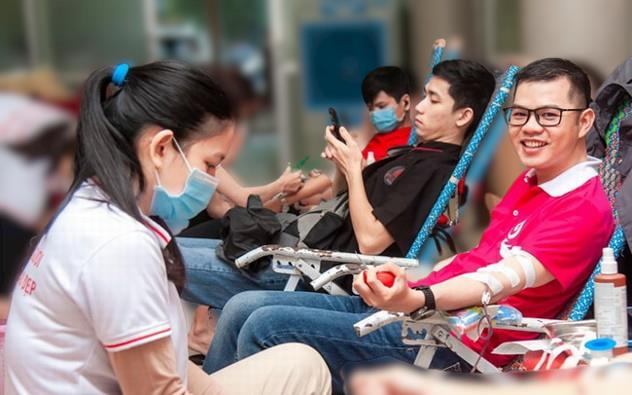 |
Young people donate blood at a voluntary blood donation festival in early 2023. Photo: Club 25 |
* As you said, Blood Transfusion is an extremely broad field…
- That's right, people only see medical staff doing one thing on the outside, which is taking blood. But inside, there are actually many other issues, such as testing blood bags, producing blood products, testing for safe blood transfusion... The work is ingrained in the subconscious, it is a daily job, in a familiar environment. Actually, the Hematology major has many large areas such as blood transfusion, hematology testing and clinical hematology. My wish is to develop the Blood Transfusion field, but I really can't do it alone.
Since 2009, after studying for a specialty I, I have worked with an internal medicine doctor to treat hematological diseases, updating some treatment methods for benign hematological diseases such as anemia, myelodysplasia, immune thrombocytopenia, Thalassemia (congenital hemolytic anemia), Hemophilia (blood clotting disorder)... I hope that in the near future, the province will expand the screening, diagnosis, and treatment of Thalassemia and Hemophilia, two serious genetic blood diseases.
In the future, I hope that the Hematology Department of the Provincial General Hospital can conduct in-depth testing for Thalassemia and Hemophillis at the genetic level. Thalassemia affects the patient's vital functions and depends on blood transfusions, they need to be detected early and treated effectively to be able to live a normal life. Hemophilia affects joint deformities and affects mobility. These two diseases are currently not receiving much attention, I hope that there will be large testing systems for screening and diagnosis in the community from the pre-marital stage.
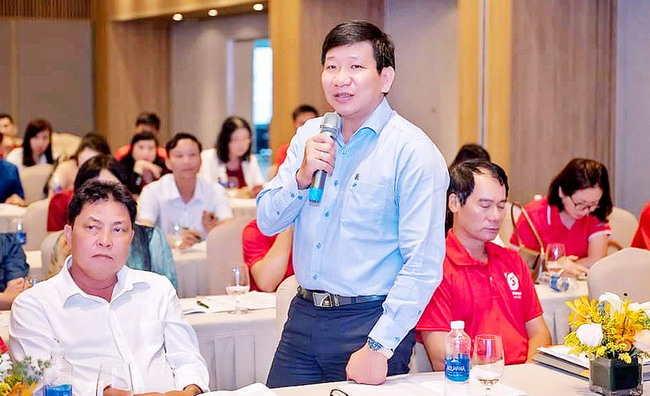 |
Dr. Vo Dinh Loc participates in an event related to HMTN. Photo: Club 25 Binh Dinh |
Want to have a fixed blood donation point
* Are you satisfied with the voluntary blood donation movement, the transformation from professional blood donors in the past to now?
- There has been a huge change in the awareness of the people, in the leadership, especially the Provincial Steering Committee for Blood Donation. The Hematology and Blood Transfusion Center has done a good job of communicating and training blood donation campaign staff in localities in the province.
The Hematology Department of the Provincial General Hospital has only 40 staff but can organize large blood donation campaigns, with about 1,200 units of blood received in a day.
Training, propaganda and mobilization have separate programs for districts, greatly changing people's awareness. We also hope to change people's awareness of donating blood, not thinking about receiving money or gifts. I am working with units to strengthen training, continuing to change people's awareness of donating blood in volume of 350 ml, instead of only 250 ml as before.
* Can you share more about initiatives and experiences to effectively implement HMTN?
- Previously, blood donation was often organized at a large location. In the past two years, I proposed to deploy it at a cluster of communes, limiting people's travel and increasing the number of people coming to donate blood, achieving the registration target. In addition, communication work was focused on, creating a spread of the blood donation spirit throughout the commune, attracting people from all communes to participate.
In 2021, I conducted a scientific research project on the treatment of Thalassemia at the Provincial General Hospital. The research results showed that blood transfusion and patient support will reduce the rate of complications for patients. In the coming period, my wish is to have a Thalassemia treatment unit.
The Rare Blood Group Club is also something I have cherished for a long time, especially when meeting patients with Rh(-) anemia. When there was an incident where a patient with Rh(-) blood had to be transferred to a hospital in Ho Chi Minh City, I mobilized everyone to propose that the Provincial Red Cross Association establish the Club, which currently has 105 members. The Club operates quietly but very effectively; in 3 years, it has transfused 105 units of Rh(-) blood, and also supports patients in need of blood groups B-Rh(-) and AB-Rh(-) in Dak Lak and Gia Lai provinces.
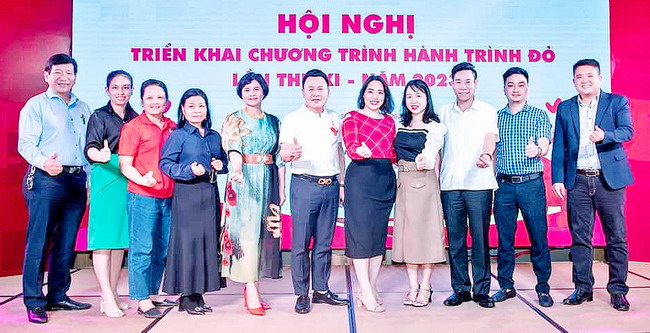 |
Dr. Vo Dinh Loc (far left) attends the Conference to deploy Red Journey 2023. Photo: Club 25 Binh Dinh |
* In your opinion, what are the advantages of establishing a permanent HMTN center?
- I have always wanted to have a blood donation center in Binh Dinh. This fixed blood donation point is equipped with good facilities and a blood collection team so that people can come and donate blood when they want. This is very important, making it easier for people to register to donate blood. But now, they have to go to the hospital, which is not a place to donate blood; otherwise, they have to wait for a centralized donation session, which may be busy at that time.
Following the model of national blood transfusion centers like the one at Cho Ray Hospital (Ho Chi Minh City), it is a separate, spacious building, with a minimum capacity of 100 people coming to donate blood. There are reception points, resting points, eating points, information points, then testing, screening, and blood production according to the standards of a blood transfusion center. This is our dream model!
* Thank you!
NGOC TU (Implementation)
Source



![[Photo] Determining the pairs in the team semi-finals of the National Table Tennis Championship of Nhan Dan Newspaper](https://vphoto.vietnam.vn/thumb/1200x675/vietnam/resource/IMAGE/2025/5/21/eacbf7ae6a59497e9ae5da8e63d227bf)
![[Photo] Prime Minister Pham Minh Chinh attends the groundbreaking ceremony of Trump International Hung Yen Project](https://vphoto.vietnam.vn/thumb/1200x675/vietnam/resource/IMAGE/2025/5/21/ca84b87a74da4cddb2992a86966284cf)
![[Photo] Prime Minister Pham Minh Chinh receives Rabbi Yoav Ben Tzur, Israeli Minister of Labor](https://vphoto.vietnam.vn/thumb/1200x675/vietnam/resource/IMAGE/2025/5/21/511bf6664512413ca5a275cbf3fb2f65)

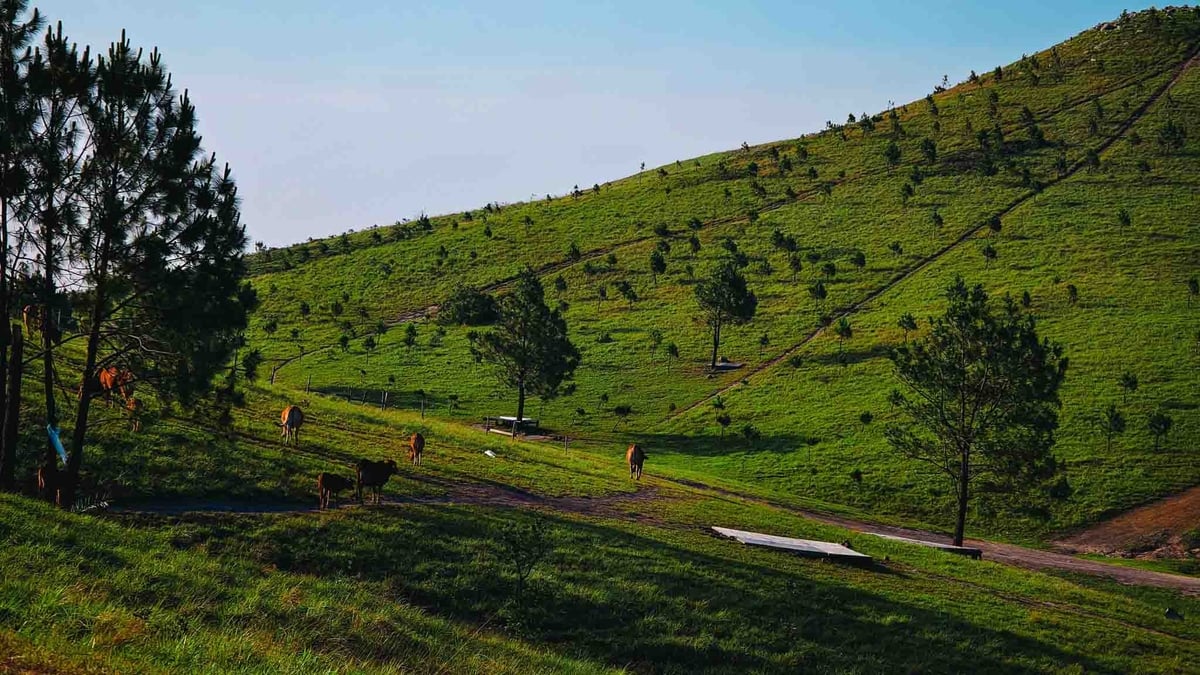

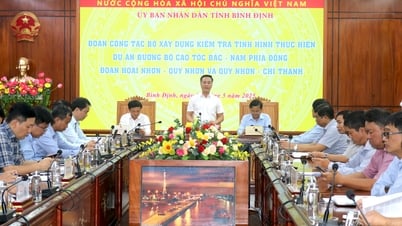
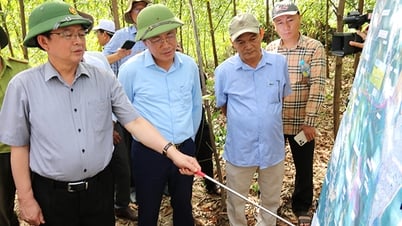
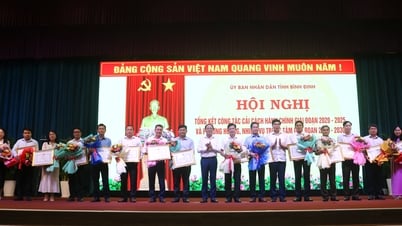
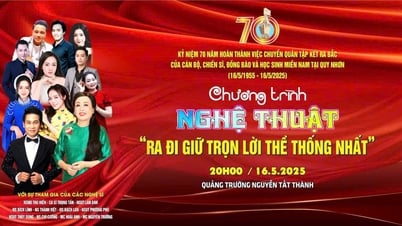
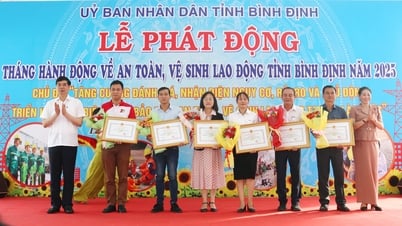




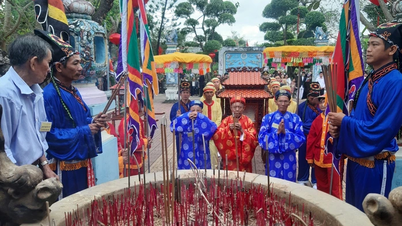
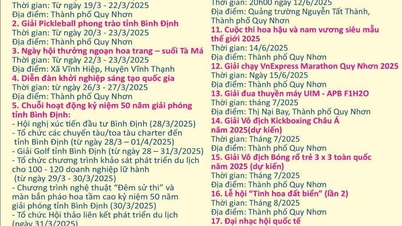

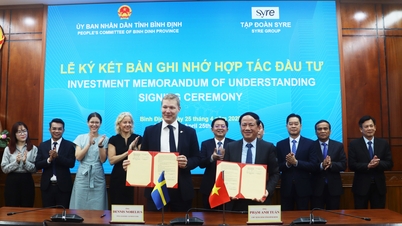

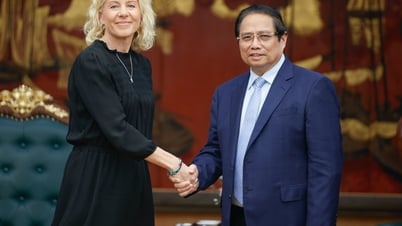
































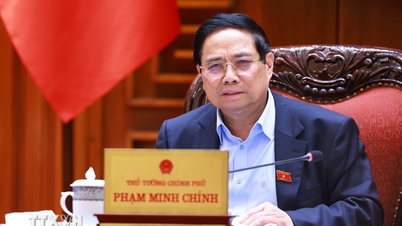

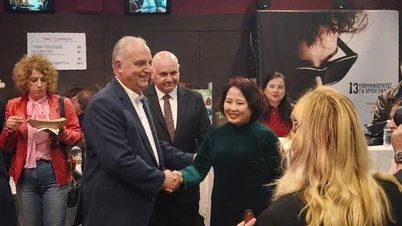

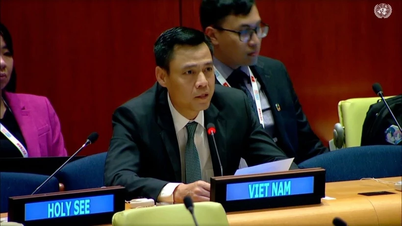
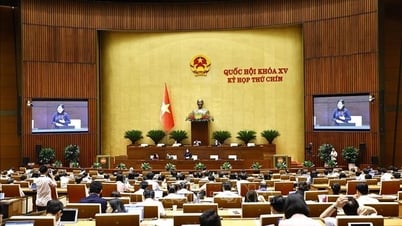

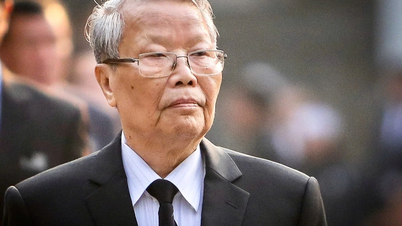




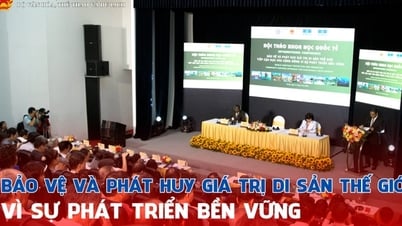



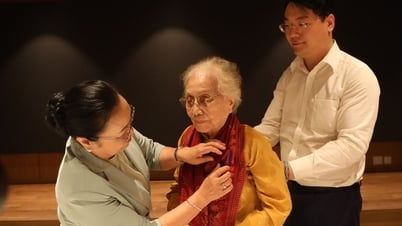







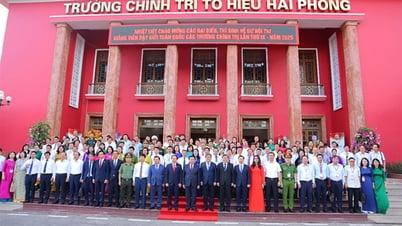
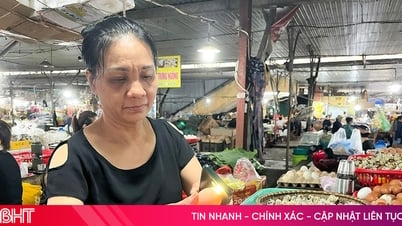


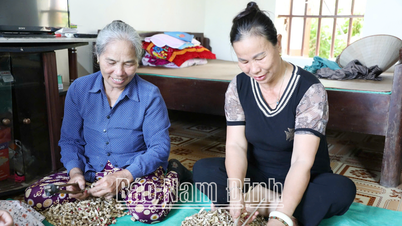











Comment (0)